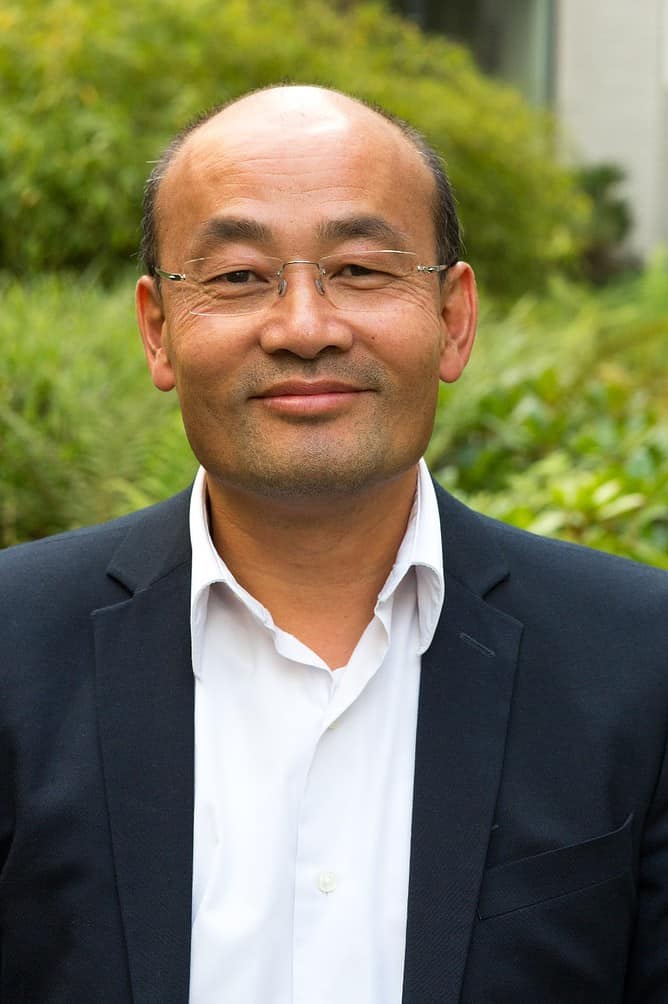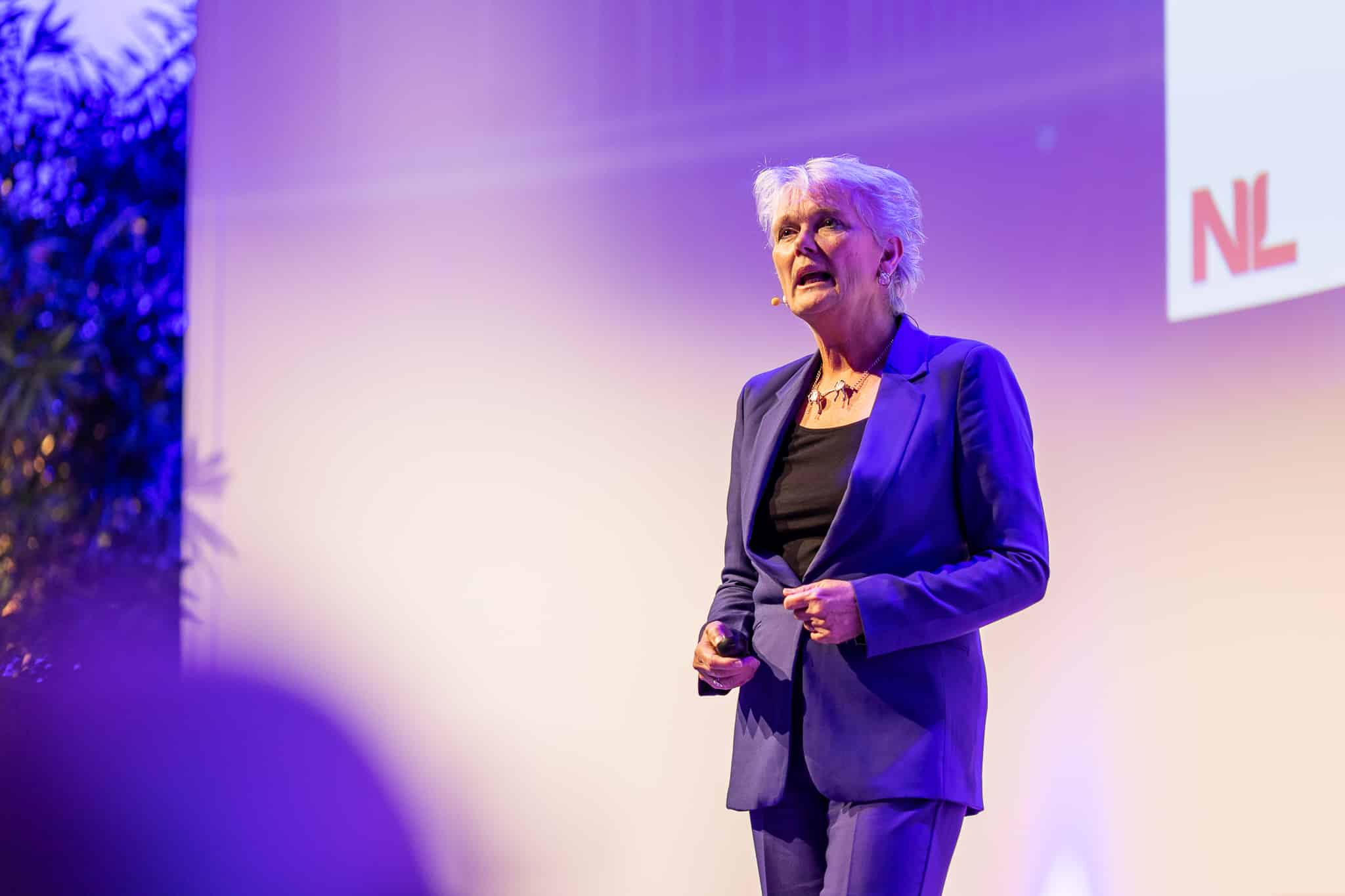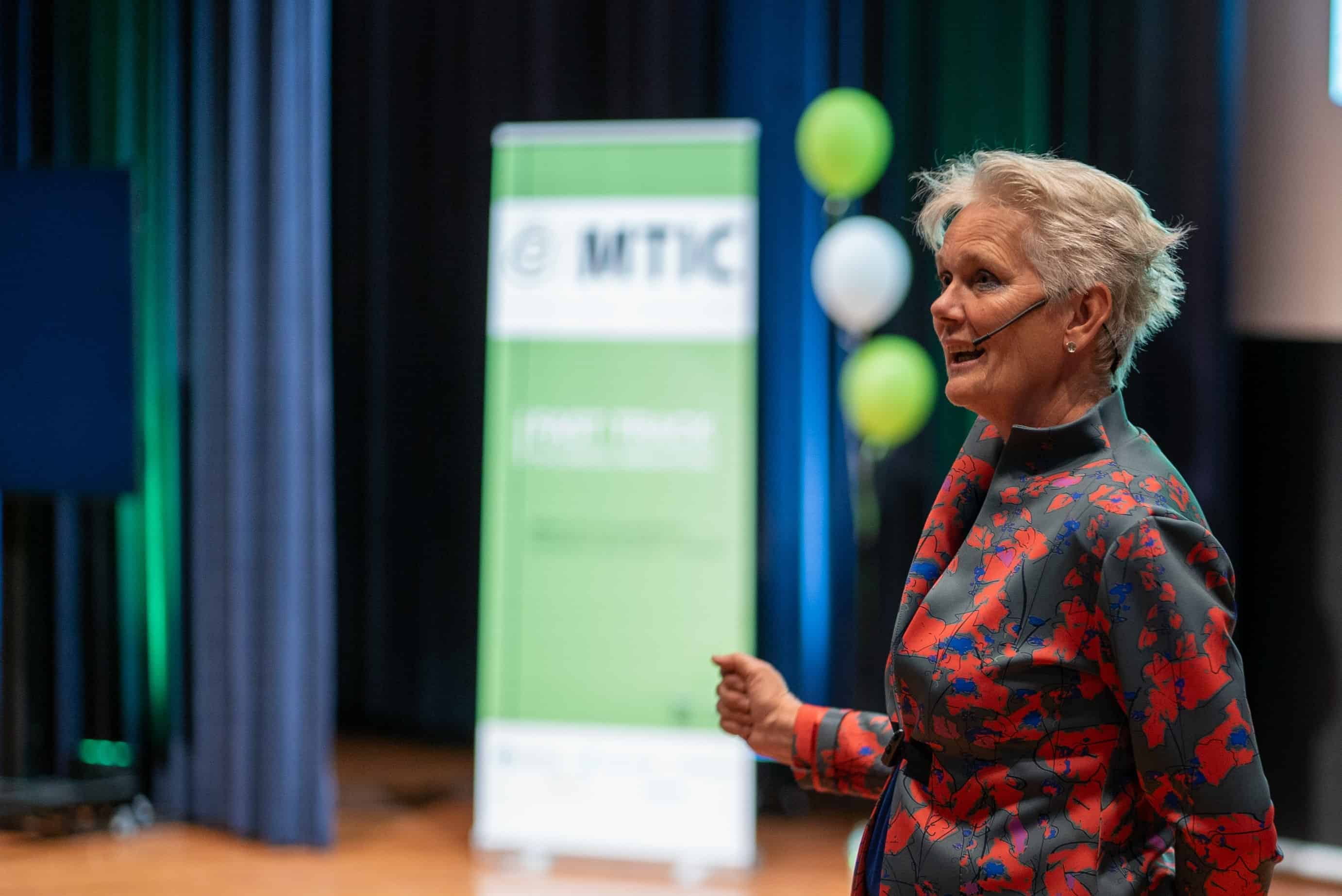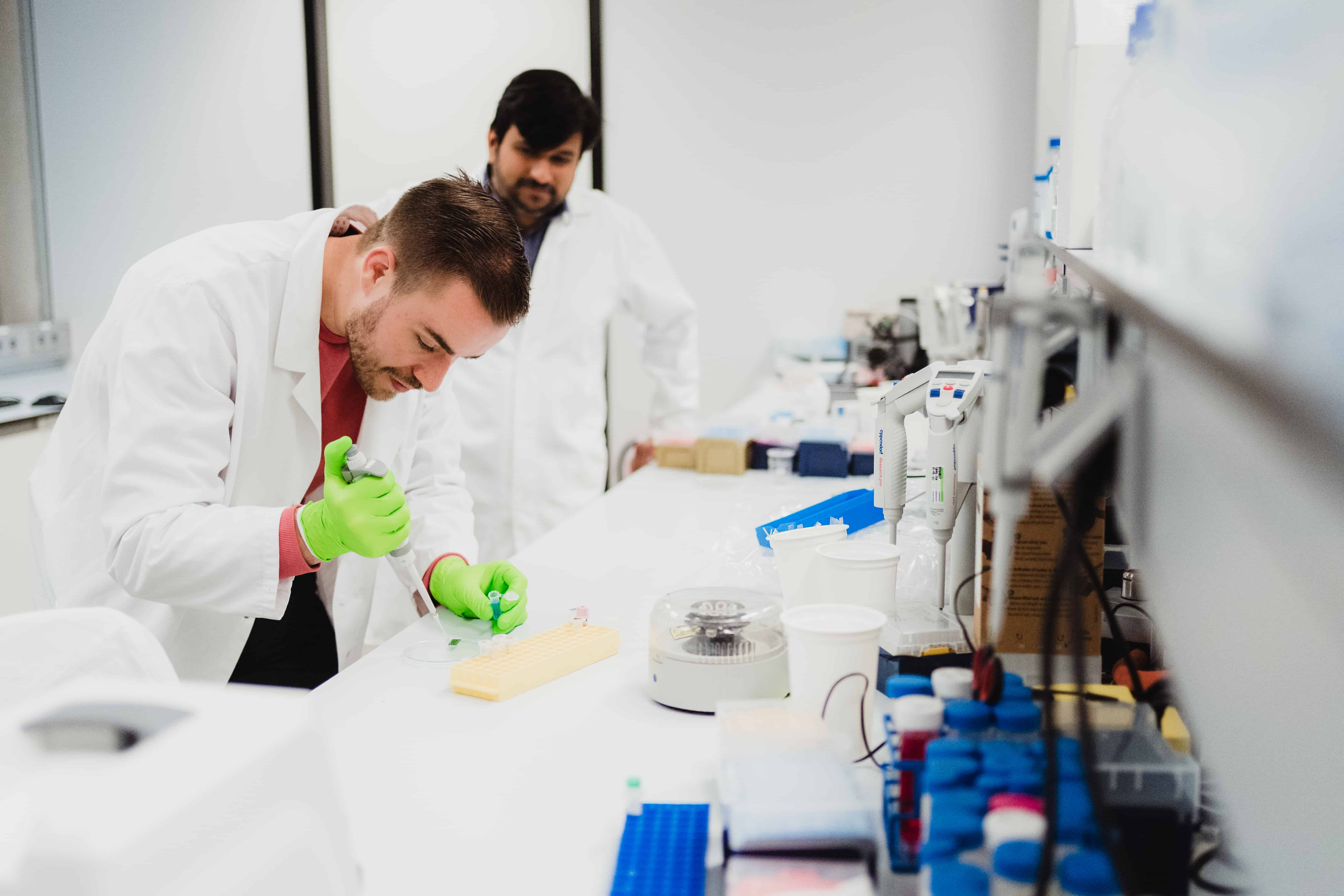
Research to implement innovations in healthcare takes an average of seventeen years. Especially given the speed of technological developments, that is far too long. So argues Guid Oei, a gynecologist at the Máxima Medical Center in Eindhoven and professor of Signal Processing Systems at Eindhoven University of Technology. He is also involved in developing new products in his field. For example, he is working on a new way to monitor a fetus’s heart rate during delivery. With data science and implementation science, research into how this new product works can be conducted more quickly, and the outcome is much more reliable.
To date, randomized research has been the norm in clinical trials, the last large-scale study before an innovation goes to market. Patients participating in the survey are then divided into two groups. The number of participants varies from study to study. One group is treated with the new product and the other with the old one. For example, monitoring the heart rate in the abdomen: in one group, the current product, an elastic band with a sensor button, is used. In the other group, a newly developed sticker with electrodes (similar to those of an ECG device) is used.
- Research for the implementation of innovations in healthcare takes an average of seventeen years.
- An implementation scientist is the link between all stakeholders and keeps an eye on the application in practice at all times. This ensures that research is better aligned with the needs of healthcare providers and patients.
- Data science speeds up research and ensures more reliable results.
“The elastic band regularly gives unstable and therefore less reliable information. The sticker is expected to give better and more constant information,” says Oei. If the new product works better than the old one, it will be allowed into clinical practice. For many years, randomized research was the basis for evidence-based medicine, which has been the standard in health care since the 1980s. A new product must first be proven effective before it is widely used. “But if something works in a controlled, lab-like environment, that is still no proof that it also works when implemented in a hospital,” he continues.

Technological development accelerates
With today’s knowledge, randomized research is a long and inefficient process, Oei outlines. It takes an average of 17 years to bring a healthcare innovation to market. “By the time a new product is on the market, the technology is already steps ahead. Of course, it is understandable that hospitals can’t use the innovation within a few months. The product’s performance and risks must be thoroughly investigated and tested in research that goes from laboratory to clinical environment (living lab) and, finally, clinical practice. Randomized research remains important but no longer needs to be part of every step.”
Stronger together
Finding subjects is one reason that randomized research is a time-consuming process. Sometimes only ten percent of patients want to participate. For this reason, gynecologists from Máxima Medical Center partnered up with other hospitals, such as Amsterdam UMC, UMC Leiden, and UMC Utrecht, years ago. “If we do the research together, we reach more patients in a shorter time,” says Máxima. That made for a faster innovation process for several years, but not yet at the desired level.
Selection in research
In addition, there is another objection to randomized research. Namely, it is challenging to check whether it is entirely representative; the group of people who want to participate in the study – the ten percent above – is often different from the other ninety percent of patients. There may be differences in health, social status, or education level. “A product may work well for the participants, ten percent of the total number of patients. But that doesn’t always mean it will work just as well for the other ninety percent. In any case, selection takes place, which reduces the reliability of the study,” he explains.
The implementation scientist is the link between all stakeholders and keeps an eye on the application in practice at all times
Guid Oei
Link between stakeholders
So Oei and his team have looked further to establish better research methods. Implementation science – the science surrounding implementing innovations – is an essential part of that. “Implementation science is about the whole process from a research result to the implementation of an innovation in clinical practice (in the hospital, ed.). “It emphasizes bringing all stakeholders together, in this case, hospitals and universities, companies and patients. “It would be good to involve an implementation scientist in the innovation process early. This person is the link between all stakeholders and keeps an eye on the application in practice at all times; think, for example, of early detection of possible barriers among nurses or patients. In my view, patients are critical. Does the patient need this new development? With that, everything stands or falls.”

Data science indispensable
At the same time, there has also been a significant development in data science in recent years. “We can now perform large, comprehensive data analyses using fast computers,” Oei states. “Moreover, we can use mathematical models to compare groups reliably, which makes research results more reliable.”
Even at the stage of scientific research, data science can already contribute. For example, scientists can run digital simulations to see the initial results of innovations, even before real-world tests are conducted. Oei: “It gives us an easier and faster picture of the possible success factors and pitfalls.” He emphasizes that this is not a replacement for testing in practice but an excellent addition to gaining early insights into possible results. “Ultimately, of course, it is important to test in practice, then you have to deal with daily routines and human behavior. You can hardly simulate that digitally.”
Faster research process
Because of these developments, clinical trials can take place differently. “Previously, half of the patients who participated were still treated with an old product so that this group could serve as a reference for the new product. Now almost all participating patients can be treated with the new product. Data from the database are then compared for reference using data science; this speeds up the research and gives a better impression of the actual effect in clinical practice,” he explains.
A broad field of study
In recent years, Oei and his team focused on a new method for clinical trials in implementation science, but much more is possible in this field. “Training nurses working with a new product, drug, or device can also be part of implementation science. After all, it is quite difficult to convince people, nurses, doctors, and patients that a new product is better than current products or methods. Unknown makes unloved.” Oei also sees this in his current research, to stay with fetus monitoring for a moment. “It seems like a small change for nurses, from putting on an elastic band to putting a sticker on the abdomen. Yet some professionals find it difficult to deal with these changes. It is important to explain its benefits and how it works. That can help speed up the innovation process.”
The goal from e/MTIC is to halve the time it takes to bring a medical innovation to market
Guid Oei
e/MTIC and the region
Oei sees the regional cooperation within Eindhoven Medtech innovation Center (e/MTIC), consisting of Máxima Medisch Centrum, Eindhoven University of Technology, Catherina Hospital, Philips Eindhoven and Kempenhaeghe Sleep and epilepsy center, as an essential key to the success of implementation science. “A strong network and deep collaboration is an ideal setting,” he says. The slogan of e/MTIC is: “Fast track to clinical innovation. In that, implementation science is an important area of focus, the professor said. “Without implementation science, it will never be a fast track.”
The first research using the new method is already being conducted. “After that, we can roll it out further. The goal of e/MTIC is to halve the time it takes to bring medical innovation to market. So from an average of seventeen to eight years. With these developments around data science and implementation science, we may be able to take a few years off that as well. Then we end up with four years. The most important thing is that the patient in the future can be treated as quickly and as well as possible.”







